How To Progress From 5k To 10k

Are you ready to step up from 5k up to 10k?
If so, we’ve got some top tips for how to successfully progress your running from 5k to 10k.
MAKE TIME (BUT TAKE YOUR TIME AND DON’T RUSH)
A question we often hear is: Will training for a 10k require a lot more time?
This will depend on your goal and how much you run already, and while you will ultimately spend a bit more time training, the increase doesn’t have to be huge.
Stepping up to 10k is a natural progression from a ‘Couch To 5k’ and adding in one longer run each week will absolutely help you build up to the distance.
If you are looking for a specific time in your 10k then you might want to consider finding additional time to follow a more detailed training plan with a greater variety of runs, including some faster running, plus more focus on your weekly long run.
We recommend taking 8-10 weeks to progress from 5k to 10k. This gives you enough time to gradually build up the amount you run, avoiding unnecessary strain on your body which may result in injury. Adding 10% more distance or time each week is a smart way to progress.
FIND YOUR PACE
If this is your first 10k it can be difficult to work out your training paces, but your 5k pace is a good starting point to use to predict your 10k time. You can expect to be 10-20 seconds per kilometre slower in a 10k than a 5k (that’s around 5-15 seconds per mile). So if you ran a 30-minute 5k then that might mean a 63-minute 10k.
If you run at one pace for most of your training, then that’s likely going to be your 10k pace. If you do a mix of easy runs and faster running, then your 10k pace will be the one you’d aim to run during a 10k race or time trial.
TRY DIFFERENT TYPES OF RUNS
When training for a 10k, consider include different types of runs like easy runs, long runs and different intervals and faster runs.
Easy runs are you regular runs at a conversational effort. These help to build up the essential cardiovascular fitness and endurance you need to run 10k.
Your long run is the longest run you do each week. Don’t fear the long run as it’s really just an extension of your easy runs, only going a bit further each week. If your aim is to complete the 10k distance without a time goal, then you’ll build to 10k by adding around 500m each week. If your goal is to run a certain time in a 10k race then you’ll probably do some runs longer than 10k to help prepare you for the race.
Intervals and speed training will be important if you’re going for a goal time in a race. These runs will have you doing a variety of different paces during your training, including some right at your goal pace and some faster.
Some great training sessions for 10k training include the following. Do these after a 10-15 minute warm up and take a 1-2 minute walk or jog recovery between each rep. You can do these anywhere and you don’t need to use a track. As you get closer to race day, try the last two sessions at race pace – that’s great preparation for your 10k.
- 10 x 2 minutes
- 5 x 5 minutes
- 6 x 800m
- 5 x 1 mile/1600m
- 8 x 1km
- 3 x 3km
GET PREPARED
How can you best prepare yourself to run 10k?
You should be as consistent as possible with your training, while also making sure you’re happy and comfortable with all the kit you’re using.
If your race is hilly then add some hill reps into your training and do some easy runs on hills – and remember to focus on running both uphill and downhill!
Don’t be a fair weather runner and get out and run in different weather, different temperatures and environments. You can’t choose the weather you get on race day, so if you’ve practised in a variety of conditions you’ll be better prepared for race day.
Think about race day and practise everything you can. Know what you want to eat the night before and the morning before the run, know the kit and shoes you’ll run, know what it feels like to drink water while running if you think you’ll want water.
WARM UP AND COOL DOWN
Warming up and cooling down are two of the things that can really easily improve your running. Why do you think Olympians do it every single time they go for a run?
Ensuring your body is warm and ready to go will help you make the best of your race and be fit to hit the start line. This could involve some dynamic movements and some light jogging and if you want to know why it matters then here’s everything you need to know about warming up before a run.
Cooling down involves taking at least a few minutes at the end of your run to slow down and gradually lower your heart rate. While your muscles are warm it’s also a good time to do a bit of stretching, especially if you’re a runner who gets tight muscles – these stretches can help you recover.
ADD IN SOME STRENGTH AND CONDITIONING
While going out running is the best way to train for running, there are lots of other things you can do to build strength and ensure your body is prepared for the stresses and strains of running.
Strength and conditioning is a critical component to building a strong foundation to ensure your body is ready to tackle those miles. It can be difficult to know where to start, but you can progress from doing bodyweight exercises to adding light weights and then heavier weights.
Consider the main running muscles: calves, hamstrings, quadriceps, hip flexors, glutes and abs. Try to target each muscle group with at least one move. Classic exercises include: calf raises, deadlifts, lunges, squats, step ups and a core routine.
Part of this also includes stretching and accessory activities which can help you feel good like yoga and foam rolling (or even saunas and ice baths).
You could also do some cross training which are low impact exercises that can increase cardio fitness. You could swim, cycle, row, hike, or use the elliptical. They help to work more muscles and maintain momentum without overloading the same body parts over and over.
UNDERSTAND FUEL & HYDRATION
So you’ve made a strong training plan with a good variety of running, strength and conditioning and cross training, now having a great understanding of nutrition can help you to fuel your training and your recovery.
Carbohydrates become the energy we use for our runs, so focus on getting quality sources of carbs before a run (here’s an idea of what to eat before a run, and don’t worry about carb loading – you only need that for very long runs!). Always try and have a snack or meal with carbs in at least one or two hours before a run.
Protein is particularly important after exercise as it helps your muscles to recover from the work they’ve done, but we also need to refuel the carbs we’ve burnt off (if you’re wondering, here’s how many calories running burns).
You should also aim to stay well-hydrated all the time. Drink plenty of water and if you’re a heavy sweater or if you train in a hot place then add electrolytes to your drinks.
While it’s not essential, you might want to take on fuel and water during a 10k. If so, make sure you practice this in training. You could wear a hydration vest, a running belt, or running tights with pockets which can take a soft flask. If you think your 10k will take longer than 75 minutes then you may want to take some sweet snacks (energy chews or even just some candy) to give you a little energy boost mid-run.
REST & RECOVER
A well-tailored running plan is absolutely no use if you don’t build in proper rest and recovery.
Your rest days are just as important as the days that you run, and being intentional with them will make you a better athlete long term, because it’s on the rest days that we can absorb the training and feel the improvements.
There are days when we’re trying to train hard and get the most out of our body, but on rest days do the opposite: can you do as little as possible? (Or at least keep it to a gentle walk and some light stretching).
TIME FOR YOUR 10k
It’s time to run your 10k! You’ve done the training, you’ve had your pre-run breakfast, you’ve laced up your favourite trainers, and you’re ready to run. Have a warm up and do some drills and dynamic movements, then head to the start line.
It can be tempting to blast off the start line in the excitement of a race, but don’t do that or you’ll regret it as you start to slow down and struggle.
Instead try and pace the race evenly so that you can get to halfway feeling good. If you feel like you can speed up, then do it in the second half of the run. Running a negative split (that’s running the second half faster than the first half) can feel great on race day because it means you’ve had a really strong run and finished strong.
Most importantly, have fun. This is your race and you’ve put in the hard work so smile and enjoy it, and then make sure your celebrate your achievements afterwards.
***
How well do our presenters know what it feels like to run 10k? We challenged them to stop when they think they’ve run 10k – and they couldn’t look at their watch to help them! Who will get the closest?


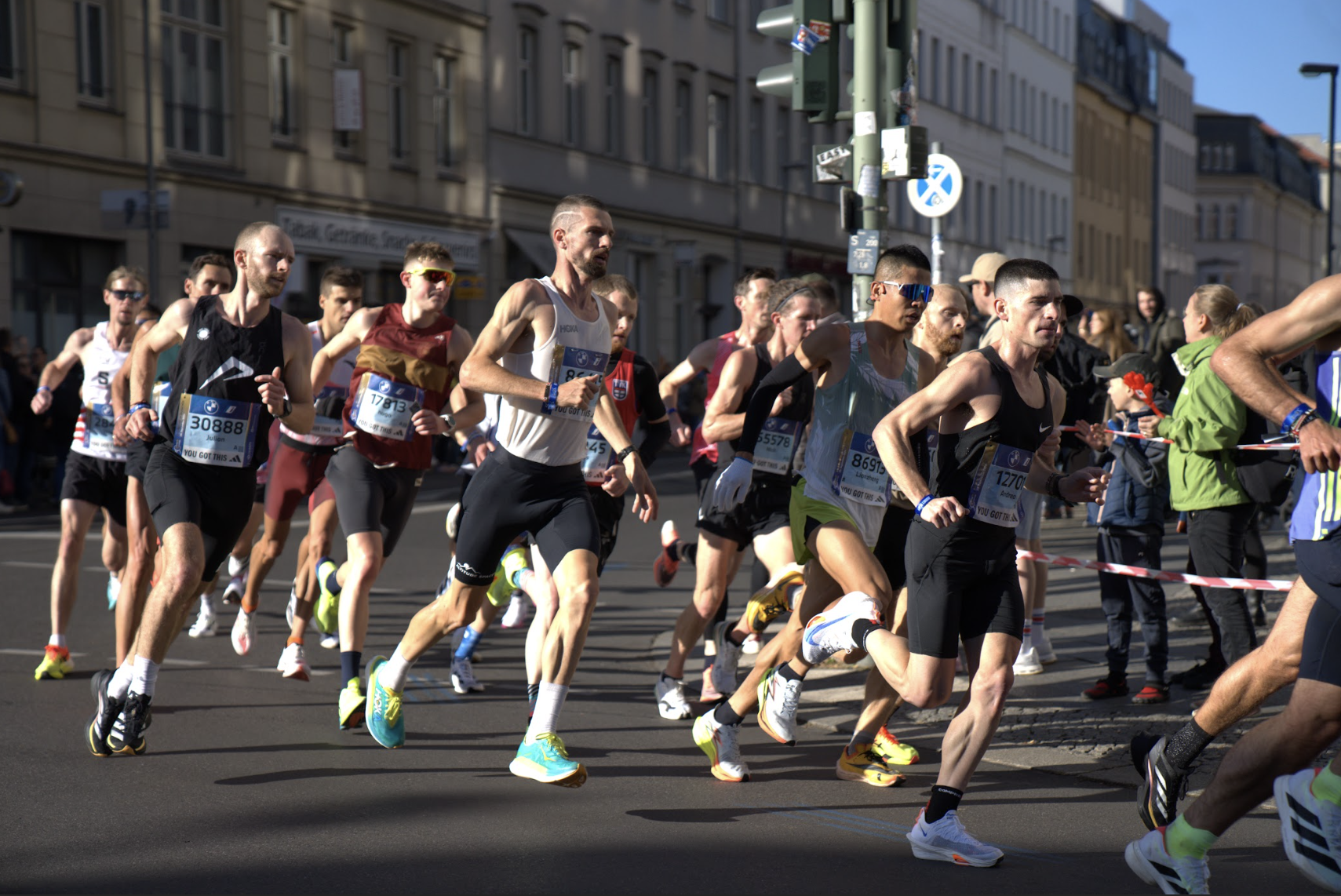

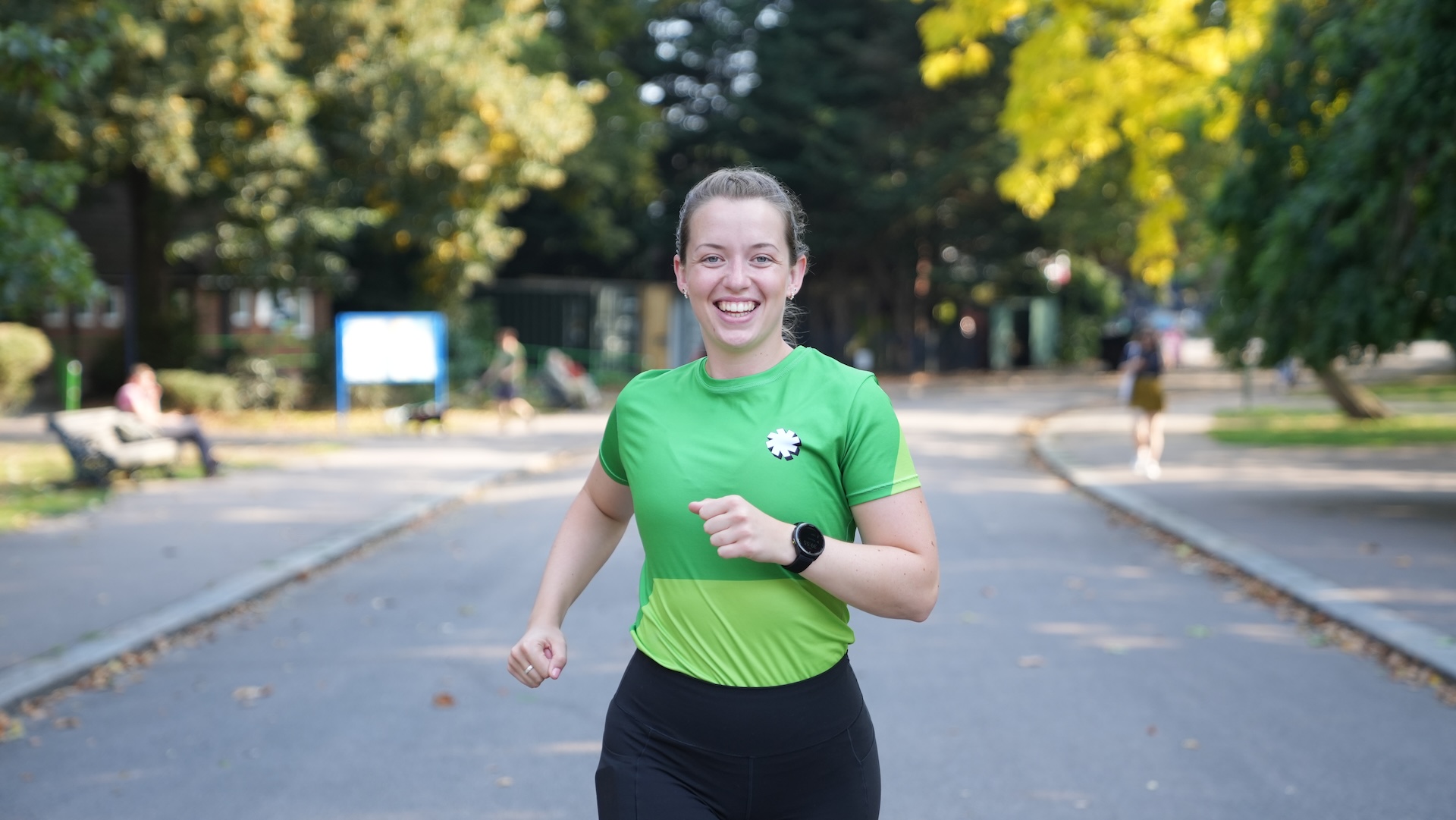


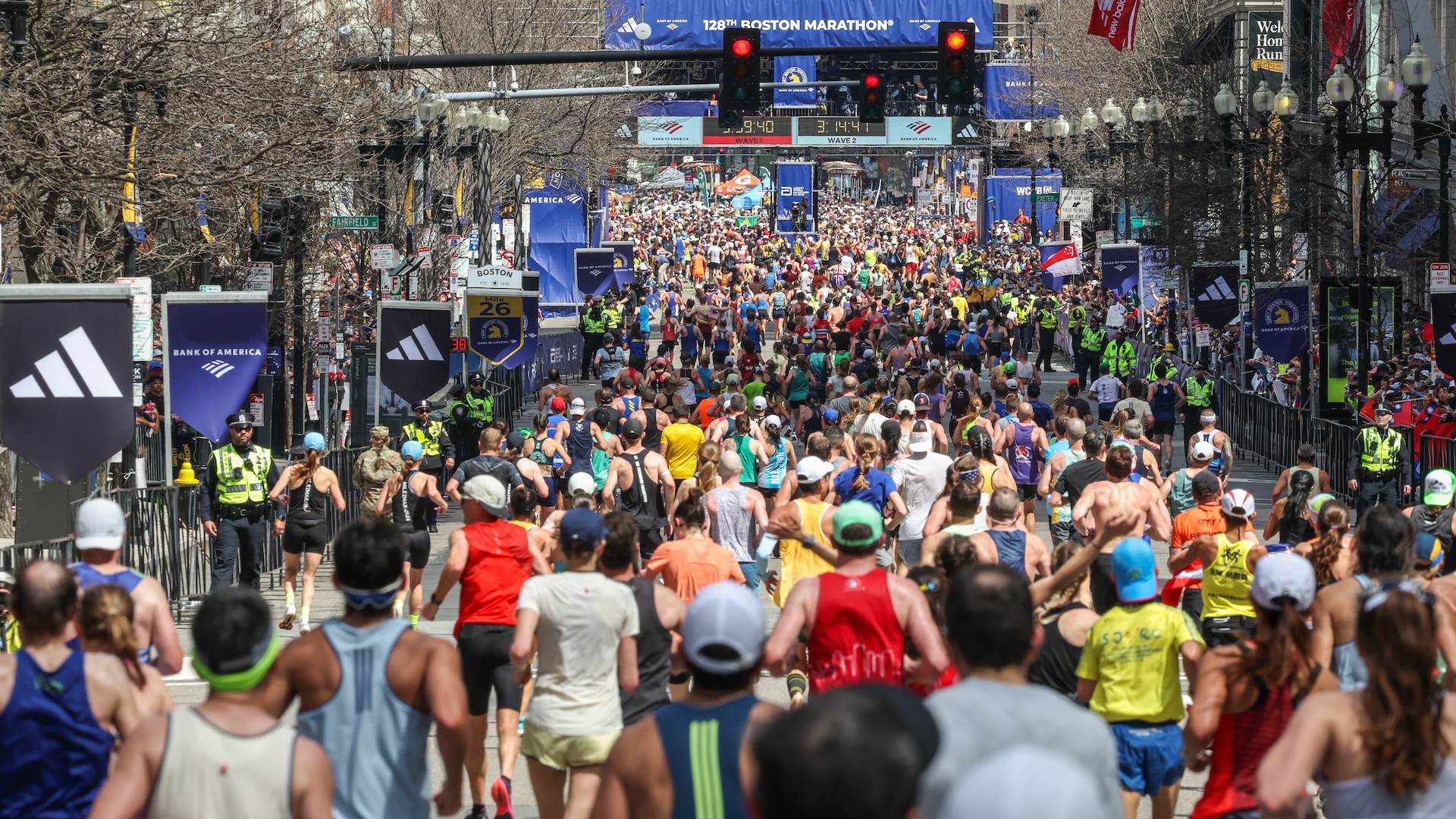
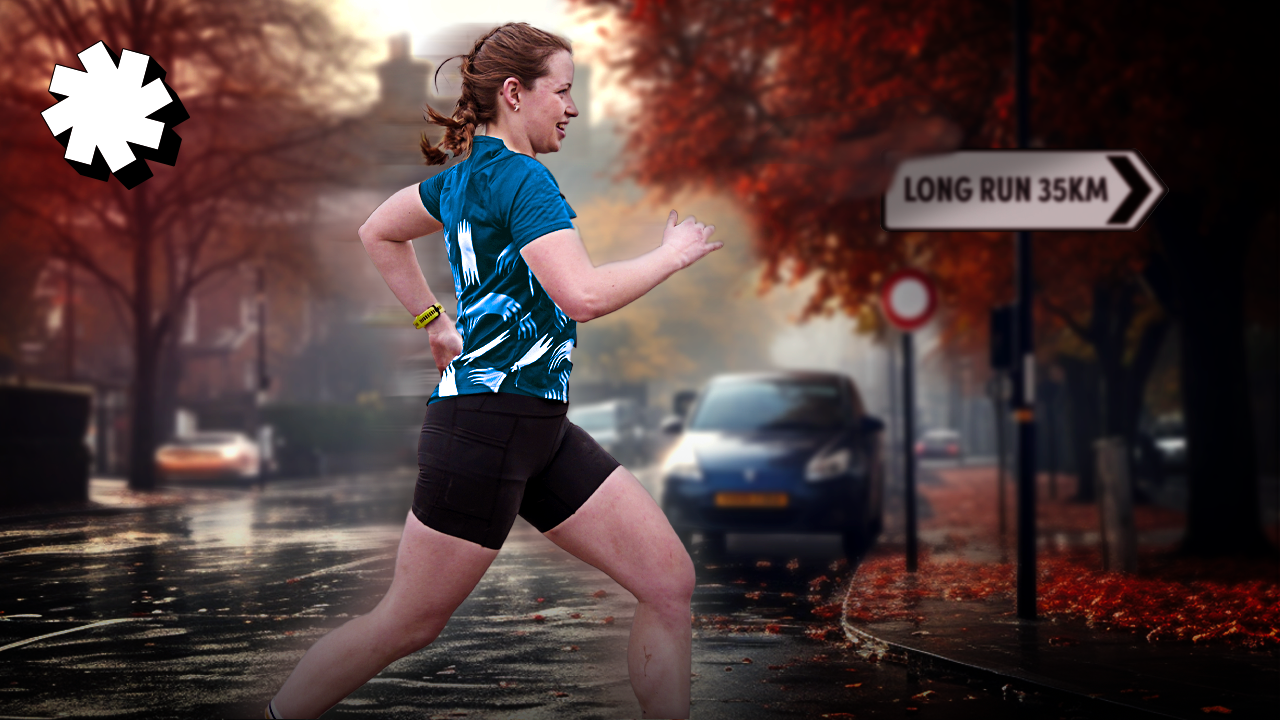
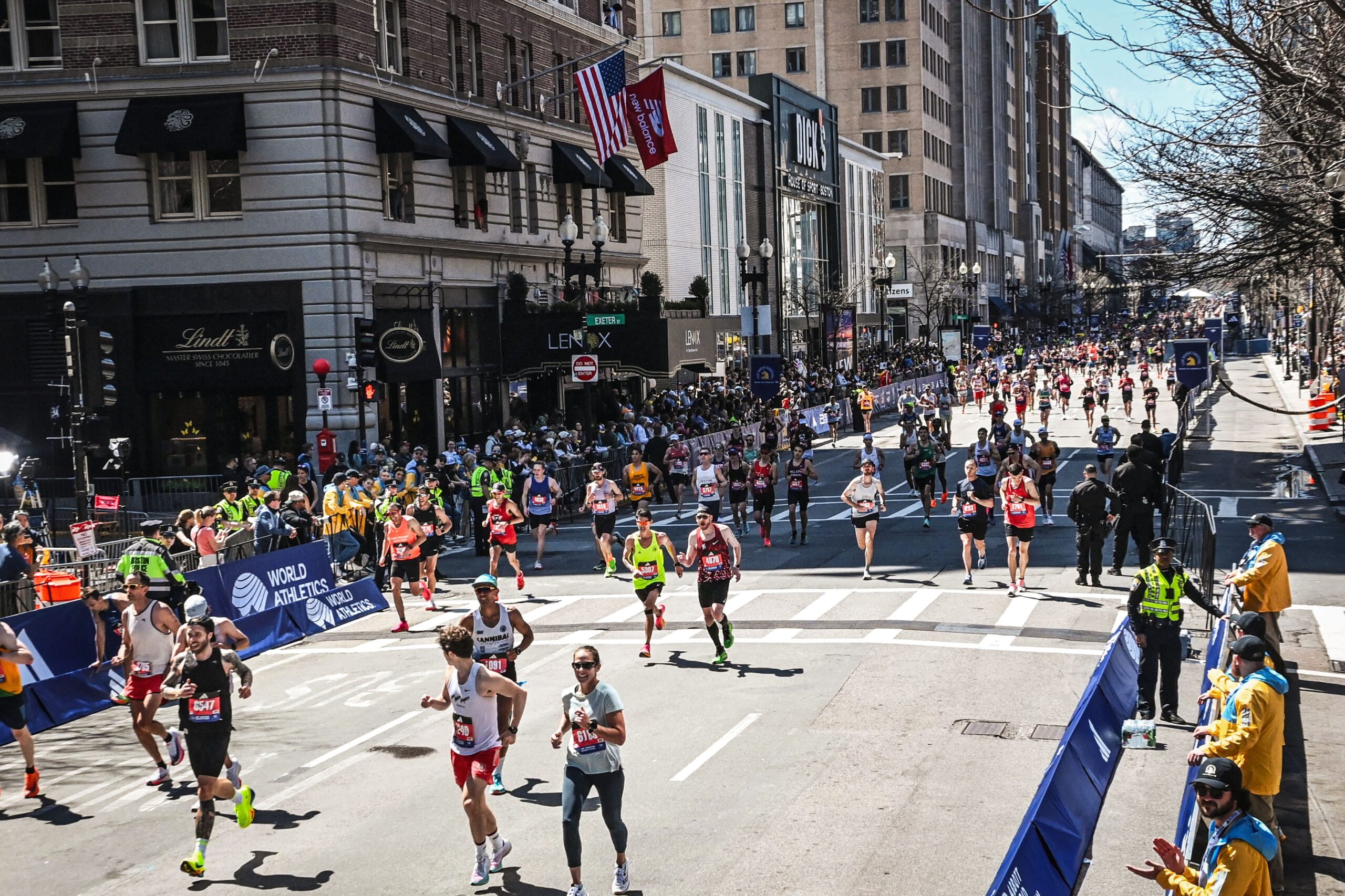
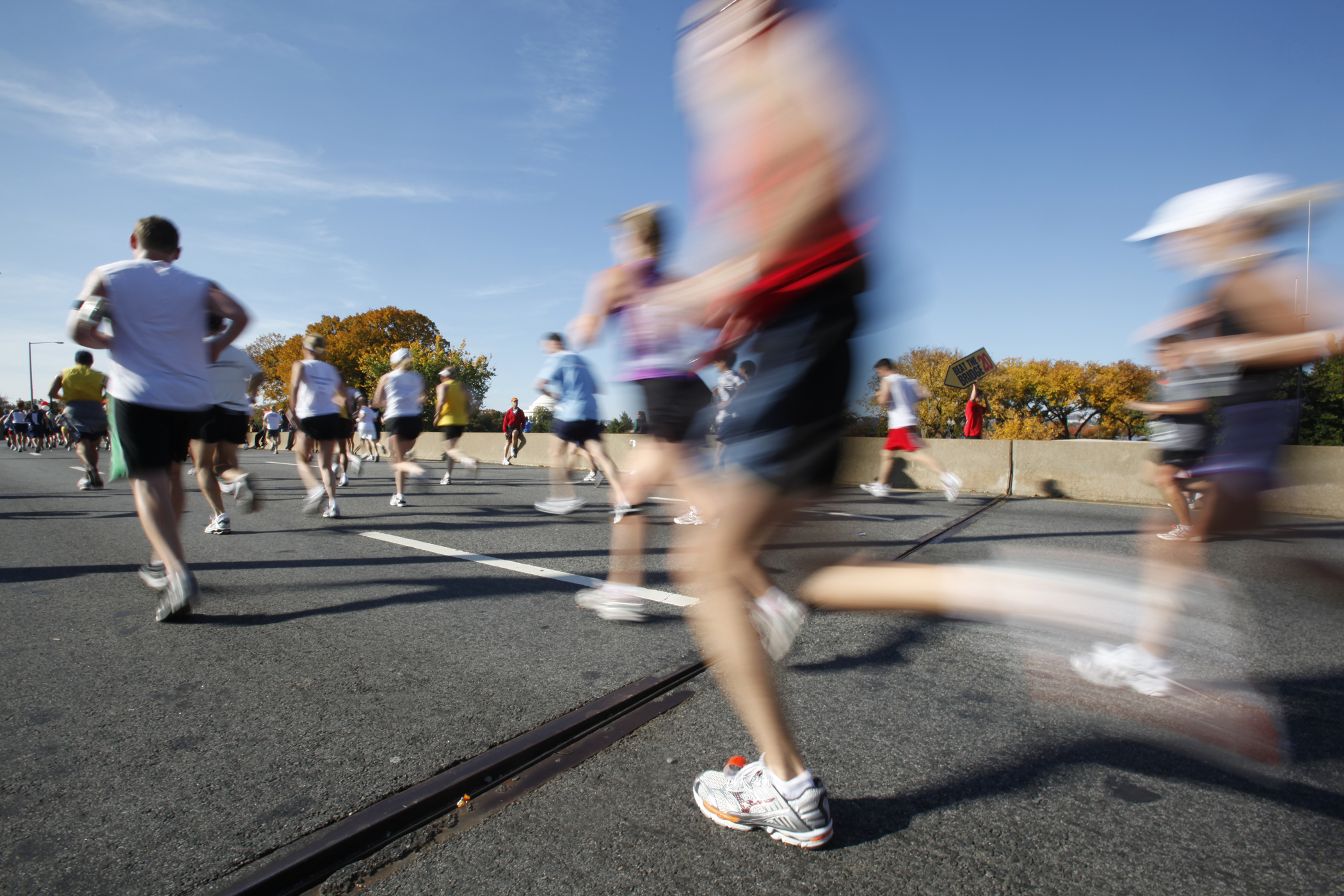



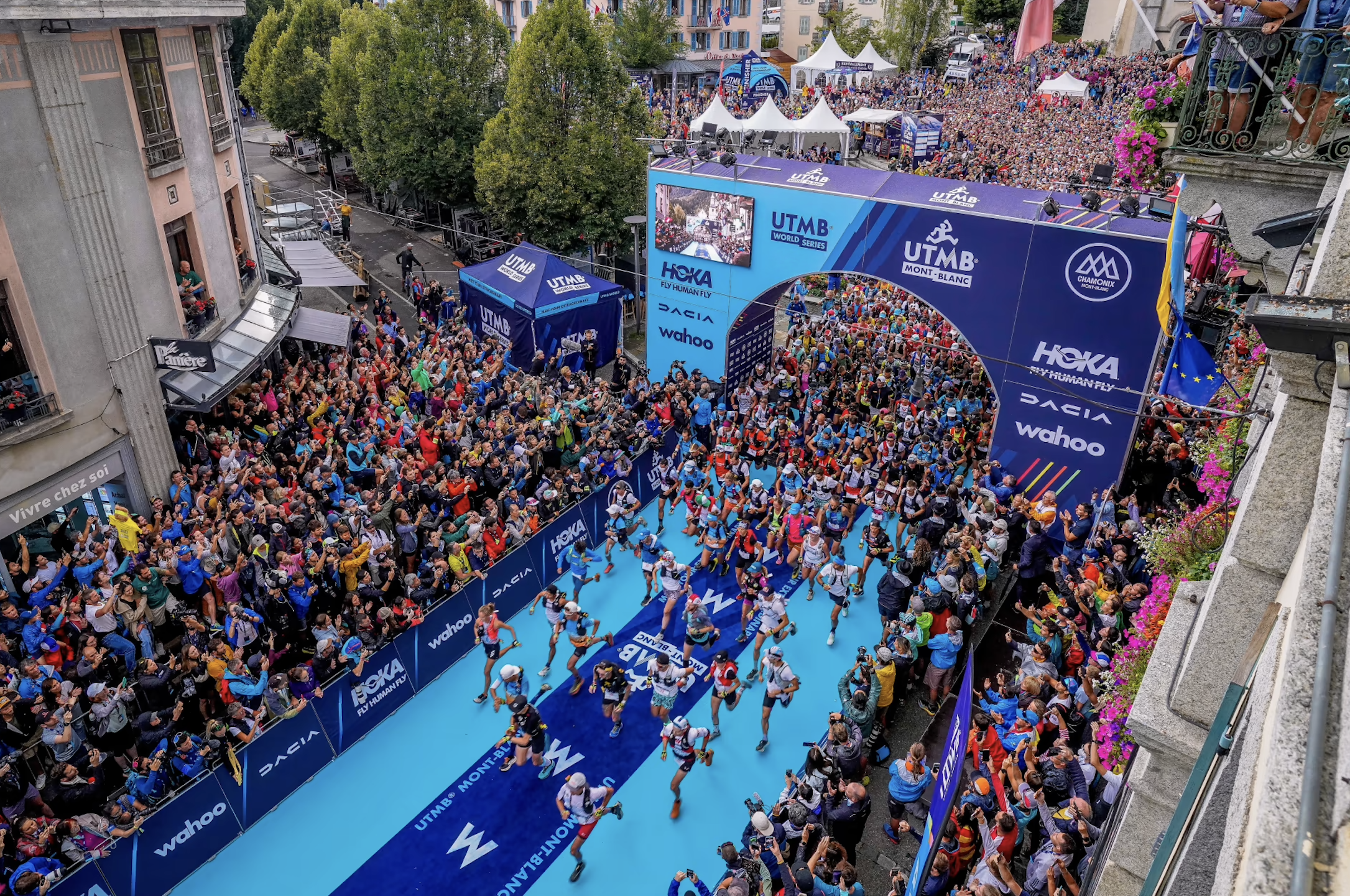


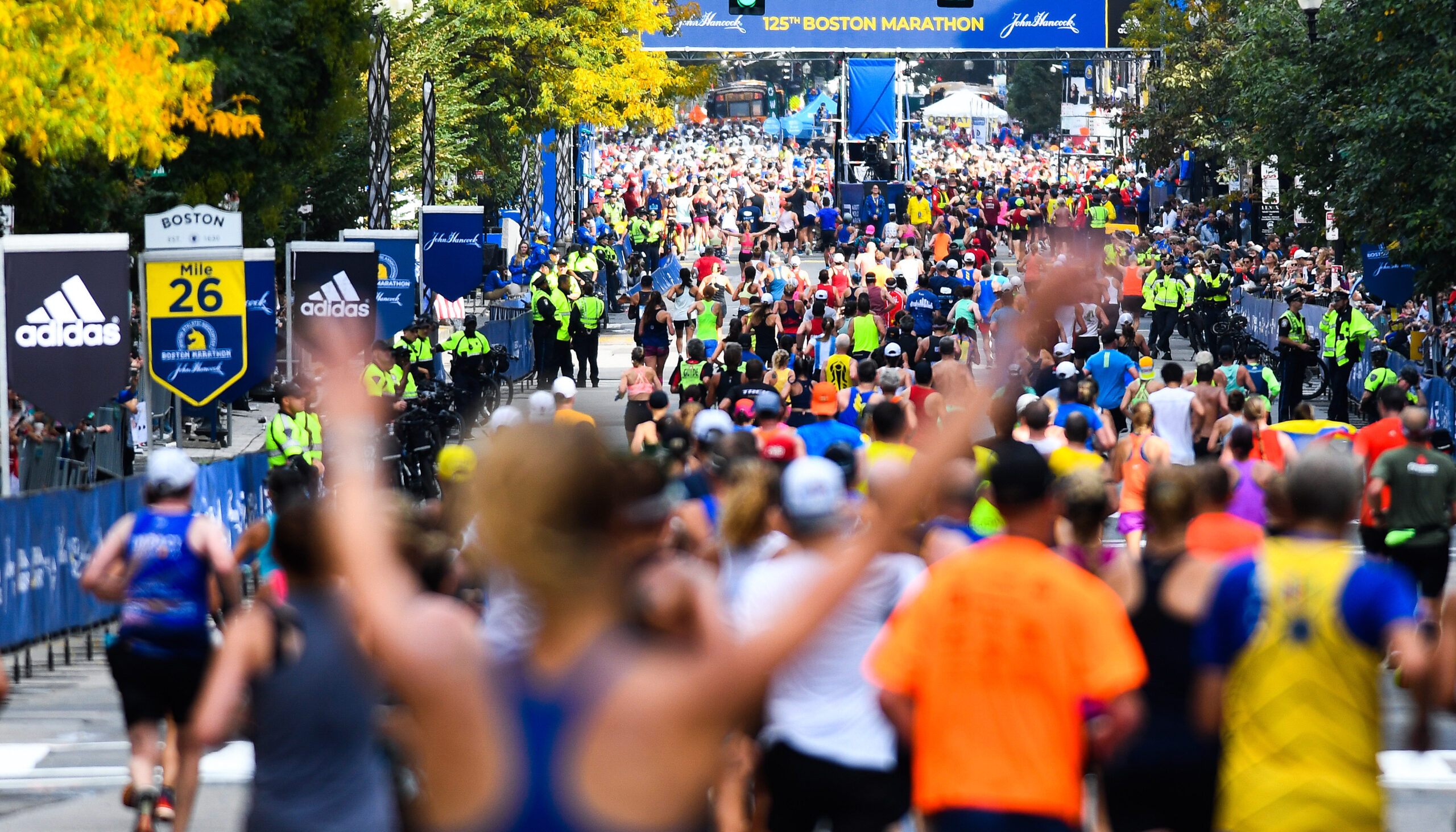
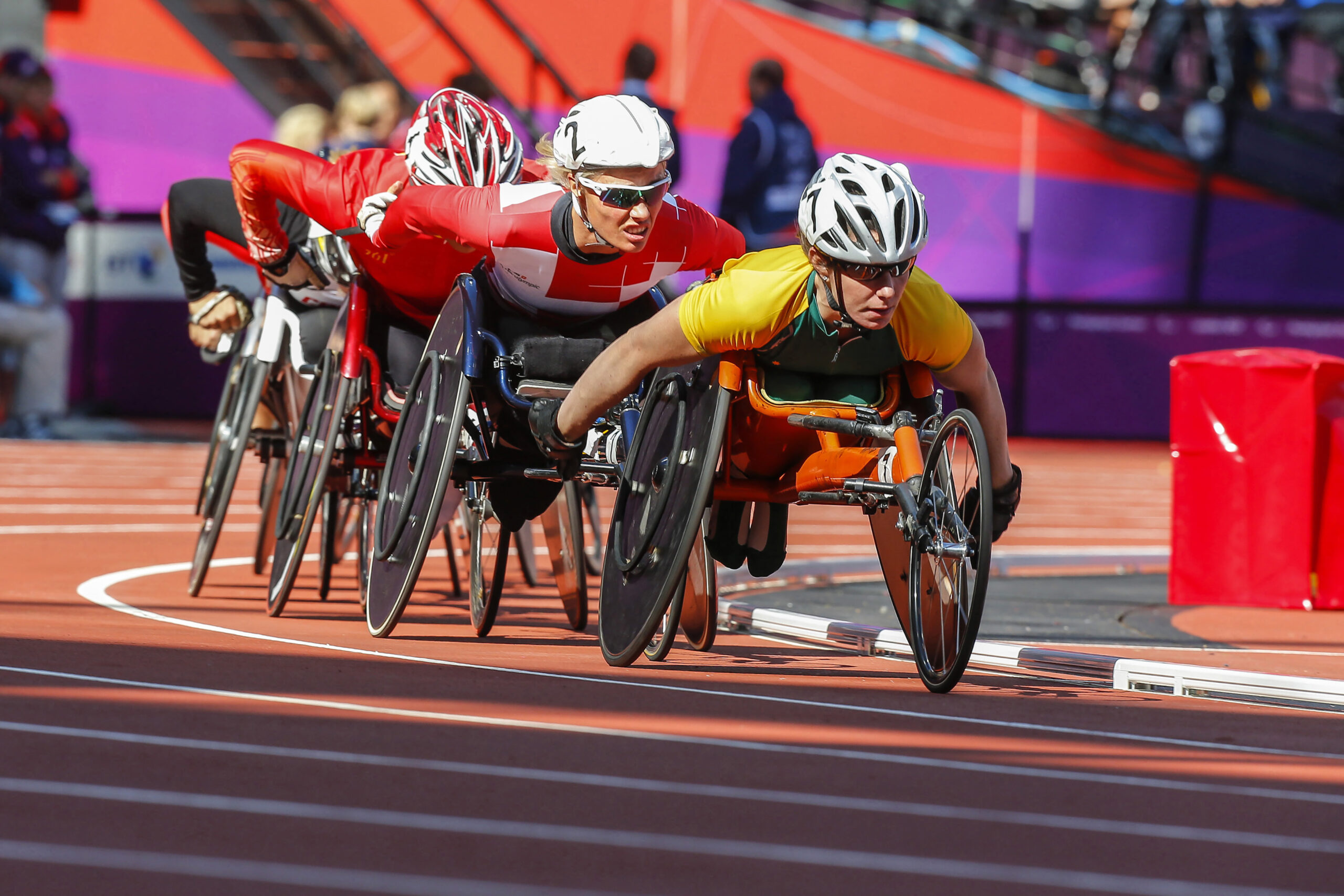



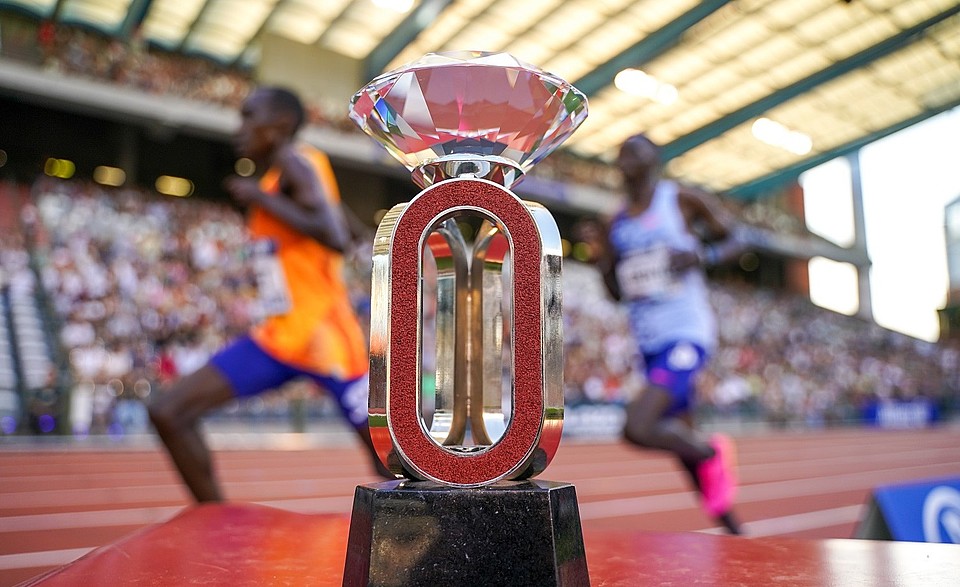

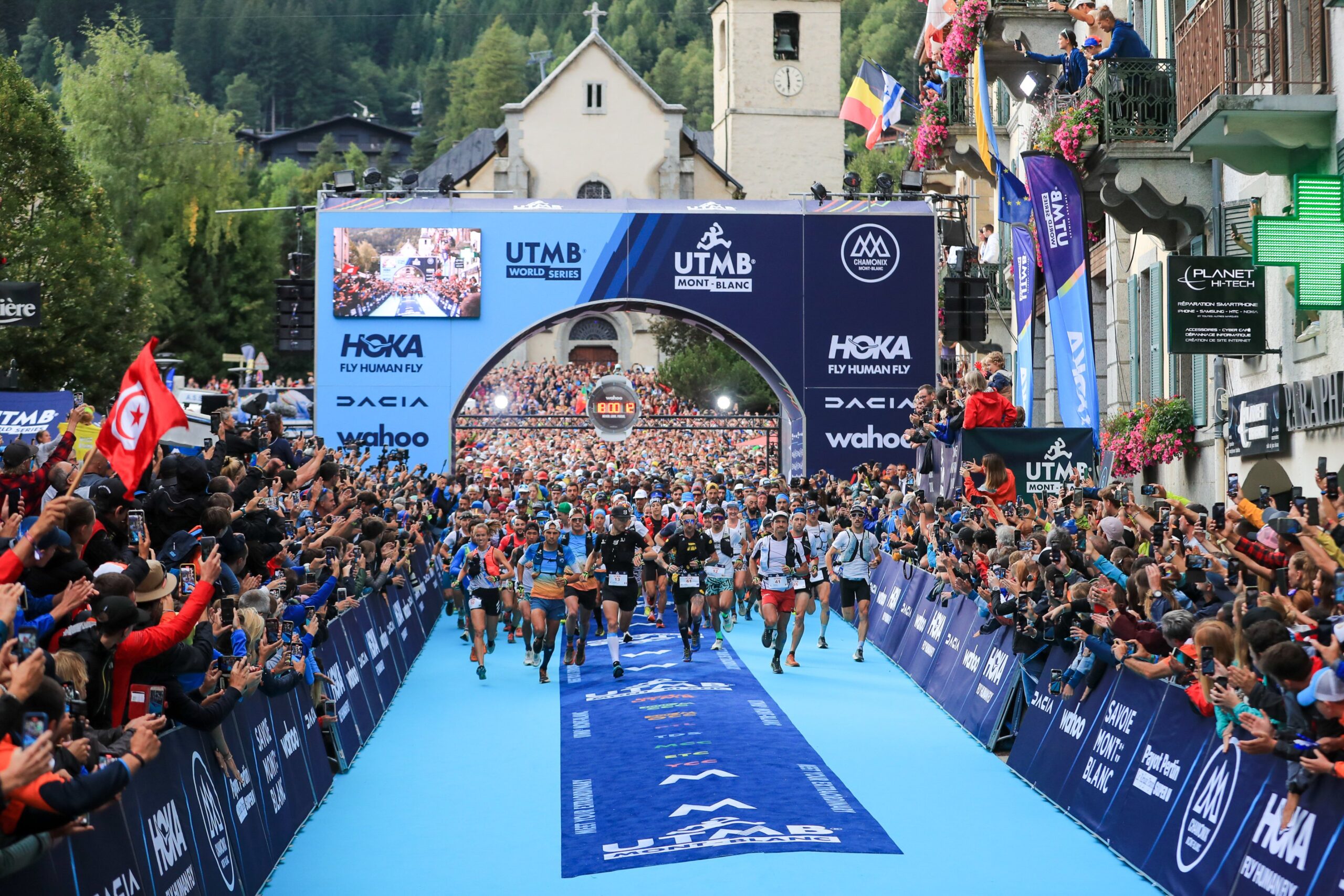
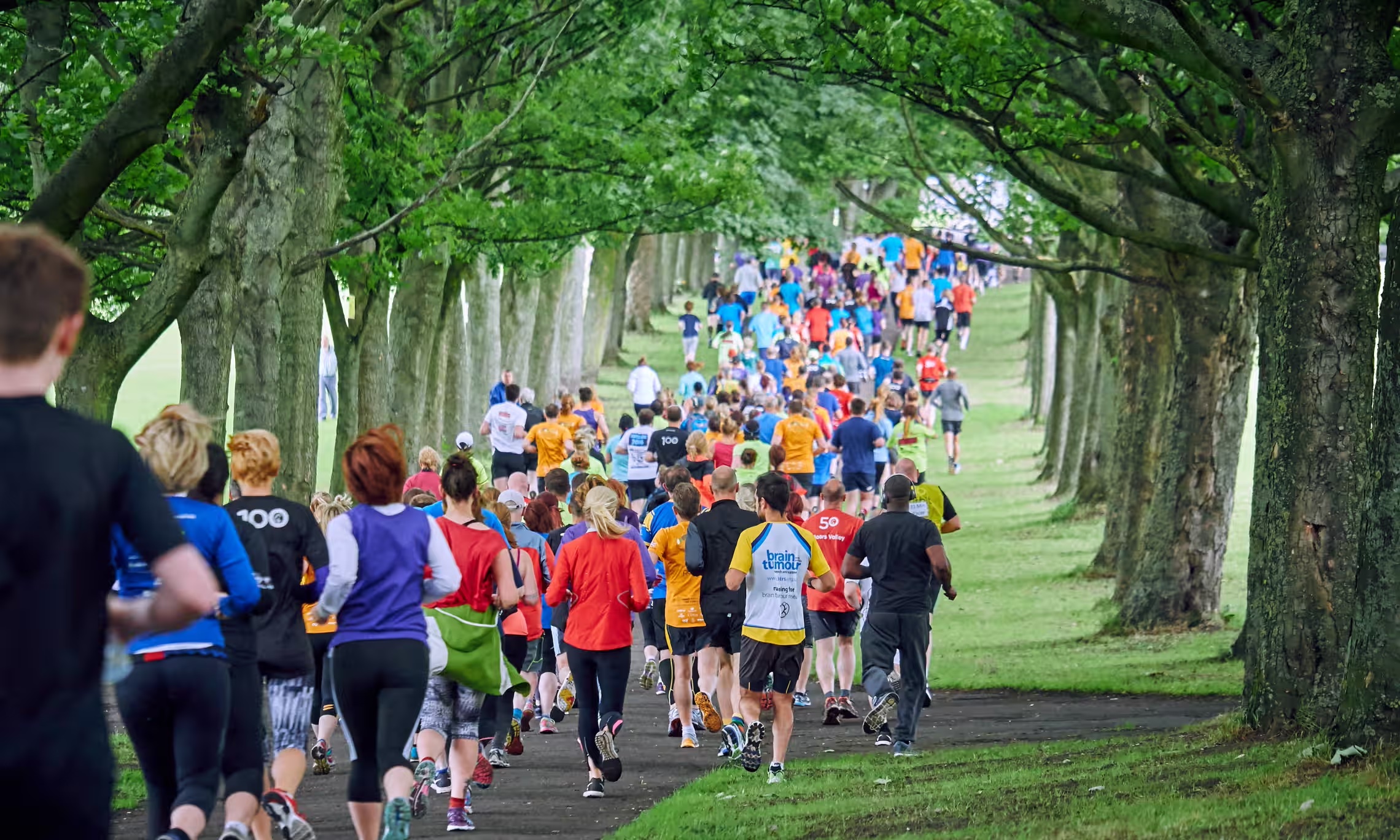
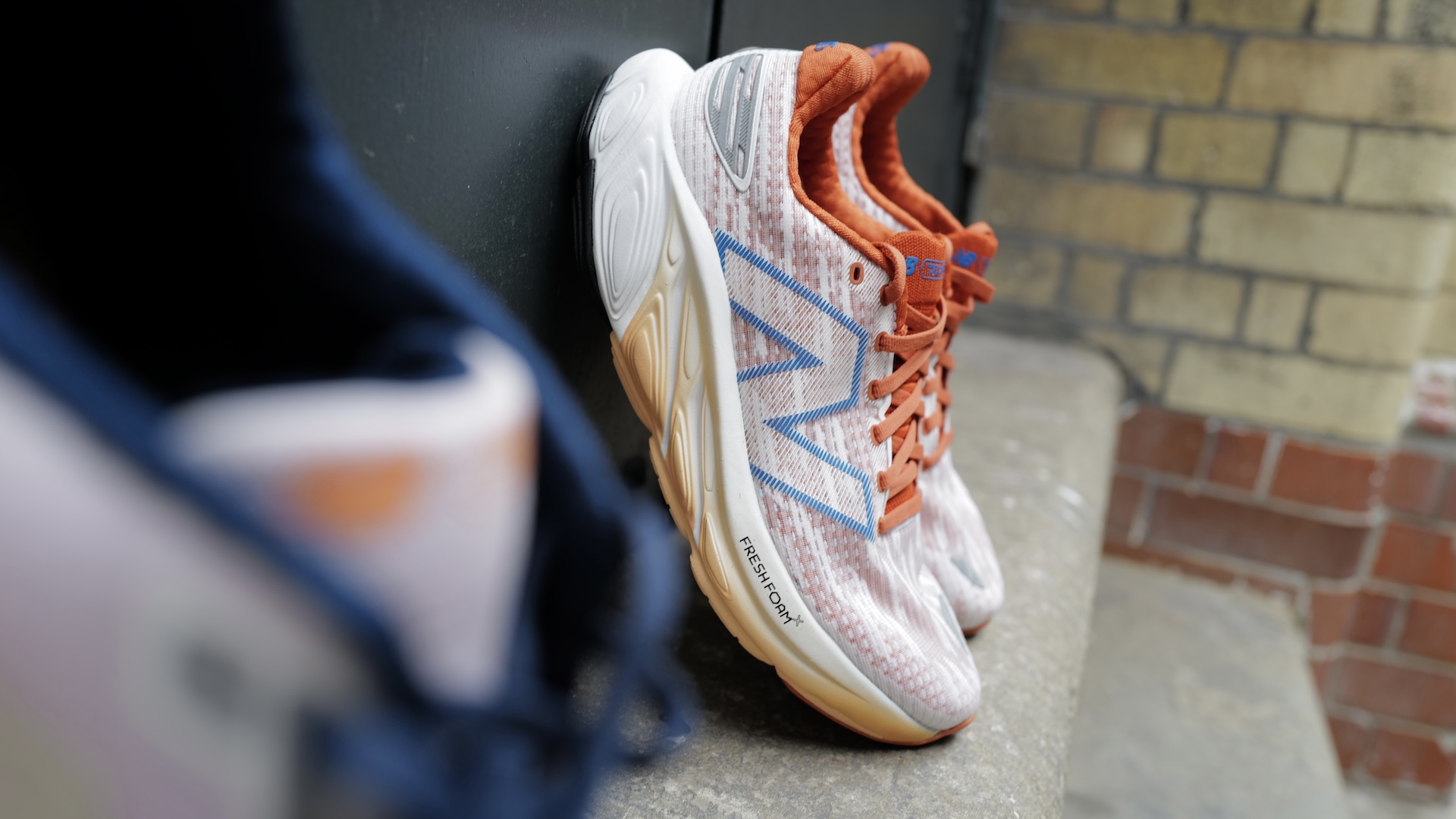
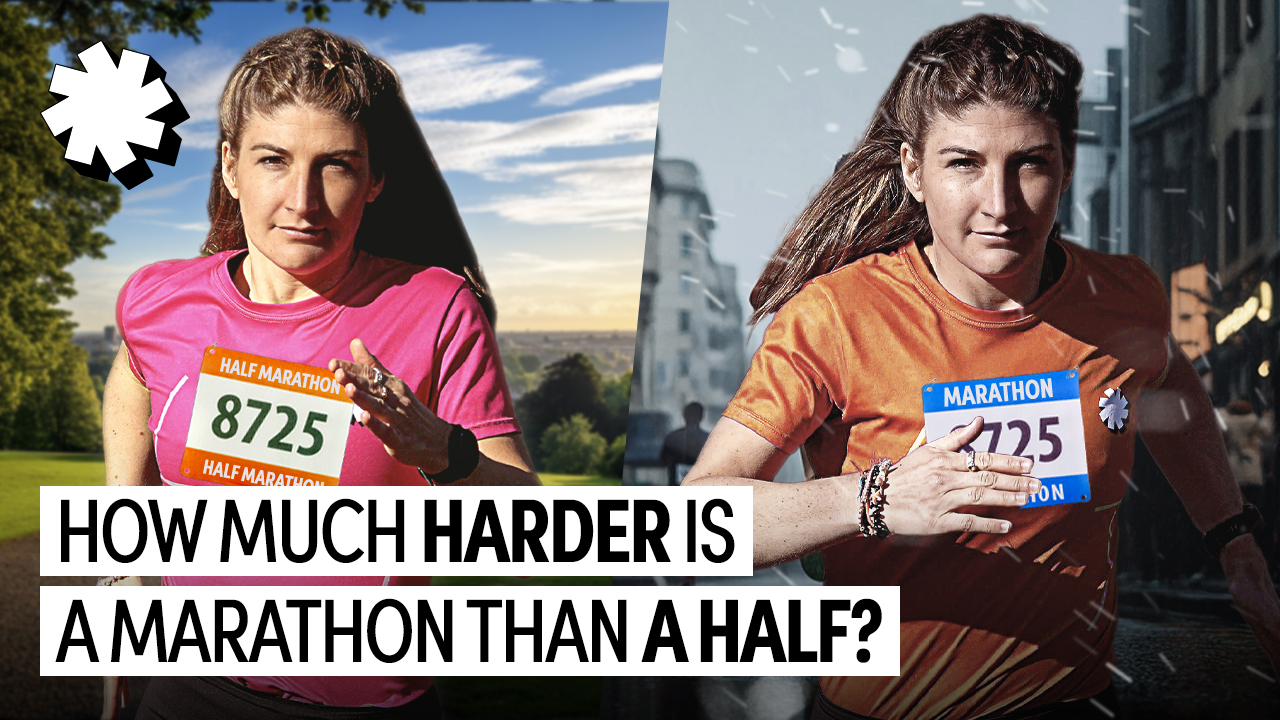

Running News
Ingebrigtsen Stars at World Athletics Indoor Championships 2025 – Plus All The Winners!
Sam Ruthe Is First 15-Year-Old To Run A Four-Minute Mile!
Eliud Kipchoge Will Run The 2025 Sydney Marathon!